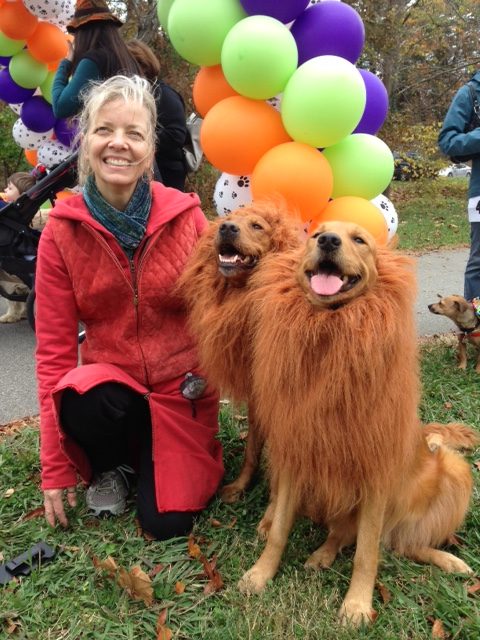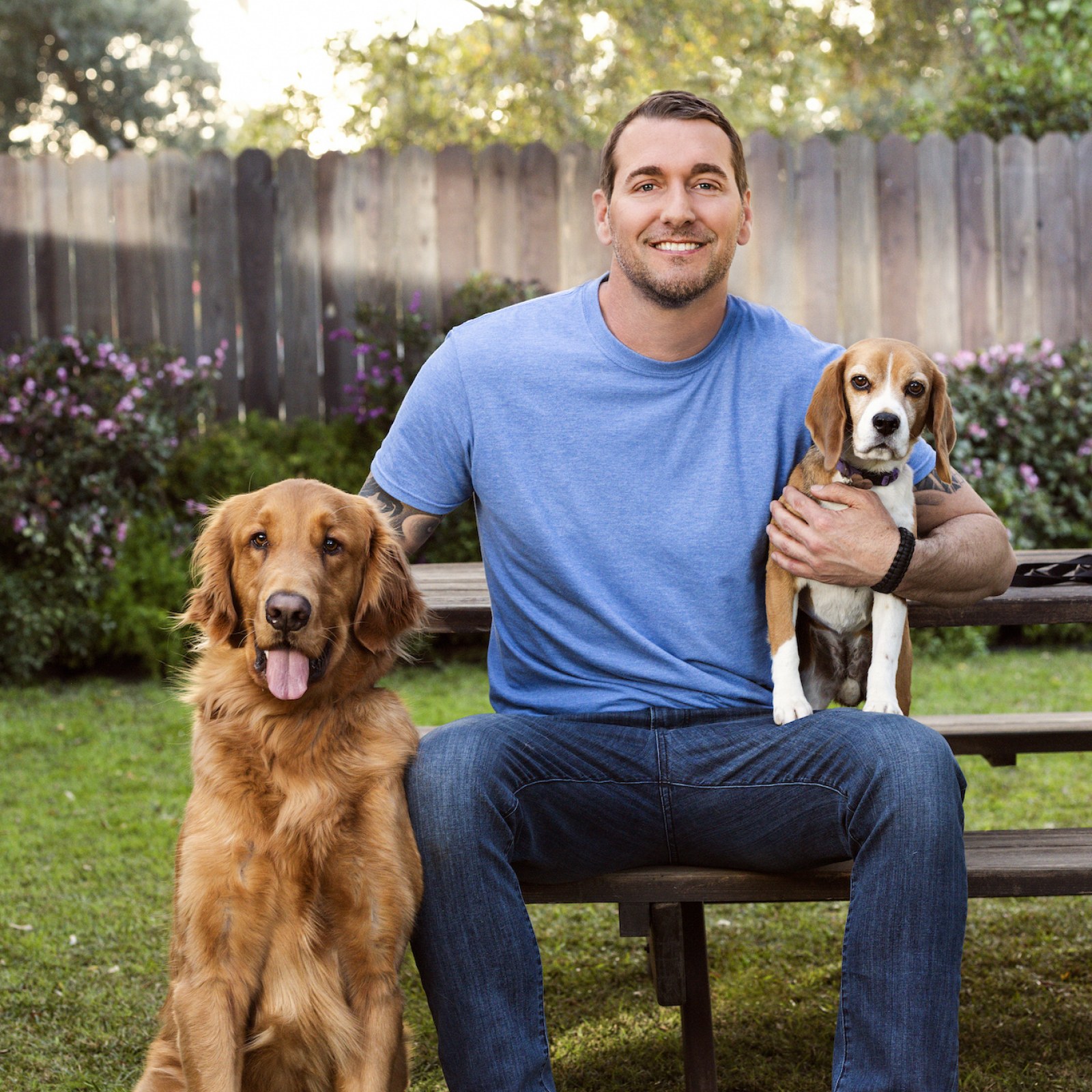Necessary Methods for Efficient Dog Training You Required to Know
Necessary Methods for Efficient Dog Training You Required to Know
Blog Article
Important Tips for Effective Dog Training: A Guide for Pet Dog Owners
Reliable pet dog training is a complex procedure that calls for a calculated approach tailored to both the pet's temperament and the proprietor's purposes. Secret parts such as developing constant commands, utilizing positive reinforcement, and assisting in very early socialization play critical roles in fostering a well-adjusted canine buddy. Several animal owners run into obstacles that can hinder development, leading to irritation and uncertainty. Comprehending exactly how to navigate these challenges can substantially enhance the training experience, inevitably transforming the connection in between owner and dog. What are the important techniques that can be employed to make sure success in this endeavor?
Understanding Canine Behavior
Understanding canine habits is necessary for efficient training and cultivating a harmonious connection in between dogs and their proprietors. dog training. Dogs interact mostly through body language, articulations, and activities, making it essential for owners to translate these signals properly.

Socializing plays a significant function in canine behavior; exposure to numerous settings, individuals, and various other pets can dramatically affect a canine's temperament. Variables such as breed qualities and individual temperament need to lead training techniques, as some breeds might have certain behavior characteristics that demand customized approaches. By recognizing these aspects, owners can produce a supportive setting that urges positive behavior, resulting in successful training outcomes and a much deeper bond with their family pets.
Establishing Constant Commands
Effective interaction with your pet begins with developing consistent commands. This fundamental component of training is essential for fostering understanding between you and your family pet. Consistency in the commands you utilize makes certain that your pet dog can reliably connect details words or phrases with the desired actions.
When selecting commands, select clear, distinct words that are simple to say and set apart from one another. Avoid utilizing similar-sounding commands that may puzzle your pet. Making use of "rest" and "remain" is proper, yet "rest" and "hit" can lead to misunderstandings.
Furthermore, keep the very same tone and volume for each command. Canines are delicate to singing signs, so differing your tone can create confusion.
It is just as vital to make certain that all household participants are on the same web page pertaining to the commands made use of. A united front in command usage will avoid mixed signals and reinforce the learning procedure.
Favorable Reinforcement Techniques
The power of favorable support in canine training depends on its ability to encourage desired actions with rewards and appreciation. This method is grounded in the principle that actions complied with by beneficial end results are more probable to be duplicated. By integrating favorable reinforcement right into your training program, you can effectively form your dog's habits in a constructive way.
To implement favorable reinforcement, it's crucial to determine what encourages your canine, my explanation whether it be deals with, toys, or verbal appreciation. When your canine does a desired activity, such as resting on command, right away compensate them with a treat or love. This organization between the command and the positive end result enhances their understanding.
It's essential to timing the rewards appropriately; supplying the support within seconds of the preferred behavior assists your pet make the connection (dog training). In addition, consistency is key-- ensure that all relative use the exact same commands and incentive systems to avoid confusion

Progressively, you can reduce the regularity of deals with as your dog learns the habits, transitioning to commend or recurring rewards. This technique not just cultivates a strong bond between you and your canine yet additionally promotes a positive discovering atmosphere, making training a delightful experience for both.
Socialization and Interaction
Regularly subjecting your pet dog to a selection of environments, people, and other animals is vital for their social growth. Socialization ought to begin early, ideally during the important home window of 3 to 14 weeks, when young puppies are most responsive to brand-new experiences. Older canines can likewise benefit from continuous socialization efforts.
Present your pet dog to various setups, such as parks, pet-friendly stores, and metropolitan locations. This exposure helps them adapt to different stimuli, lowering stress and anxiety and concern actions. Motivate positive communications with various other canines and people, guaranteeing that these encounters are secure and regulated to foster confidence.
Use structured playdates with well-mannered pets, additional hints as this can improve your dog's social abilities and instruct them ideal habits. Obedience courses and training sessions likewise provide exceptional chances for socializing, enabling your dog to engage with others in a supervised setting.
Monitor your pet dog's body language during communications, as this will aid you evaluate their convenience level. Slowly increase direct exposure to more difficult scenarios while guaranteeing that each experience is favorable. A well-socialized dog is a lot more most likely to display well balanced behavior, making them a pleasure to have in any setup.
Dealing With Usual Training Challenges
Every pet dog proprietor will run into training difficulties at some point, no matter of their pet dog's age or socialization degree. Determining typical concerns such as stubbornness, distractions, and terror can help in establishing effective methods for improvement.

Disturbances throughout training sessions can thwart emphasis. To battle this, begin training in a visit this page silent setting with marginal stimulations. Progressively present distractions as the dog comes to be extra competent in commands. Short, frequent training sessions are also effective in maintaining focus.
Terror can hinder a dog's discovering process. Progressive desensitization to the source of concern, combined with favorable reinforcement, can help reduce anxiety. Perseverance is vital; never force a dog right into a scenario that triggers distress, as this may exacerbate the concern.
Eventually, understanding and dealing with these usual obstacles with a structured approach will certainly foster a more efficient training experience, strengthening the bond in between canine and owner while advertising efficient knowing.
Final Thought
In recap, successful dog training relies on a detailed understanding of canine habits, the establishment of regular commands, and the application of positive support strategies. Socialization plays a critical function in creating well-adjusted pets, while dealing with common training obstacles needs persistence and adaptability. By implementing these necessary techniques, pet dog owners can promote a solid bond with their dogs and advertise preferable behaviors, eventually bring about a harmonious connection in between humans and their canine buddies.
Recognizing canine actions is important for reliable training and fostering a harmonious partnership in between canines and their owners.Socializing plays a considerable duty in pet behavior; exposure to different settings, people, and other animals can significantly affect a pet's personality.The power of favorable support in dog training lies in its capability to motivate wanted actions via rewards and praise. By integrating positive support right into your training routine, you can effectively shape your dog's behavior in a constructive manner.
In summary, successful dog training relies on an extensive understanding of canine habits, the establishment of constant commands, and the application of positive reinforcement techniques.
Report this page